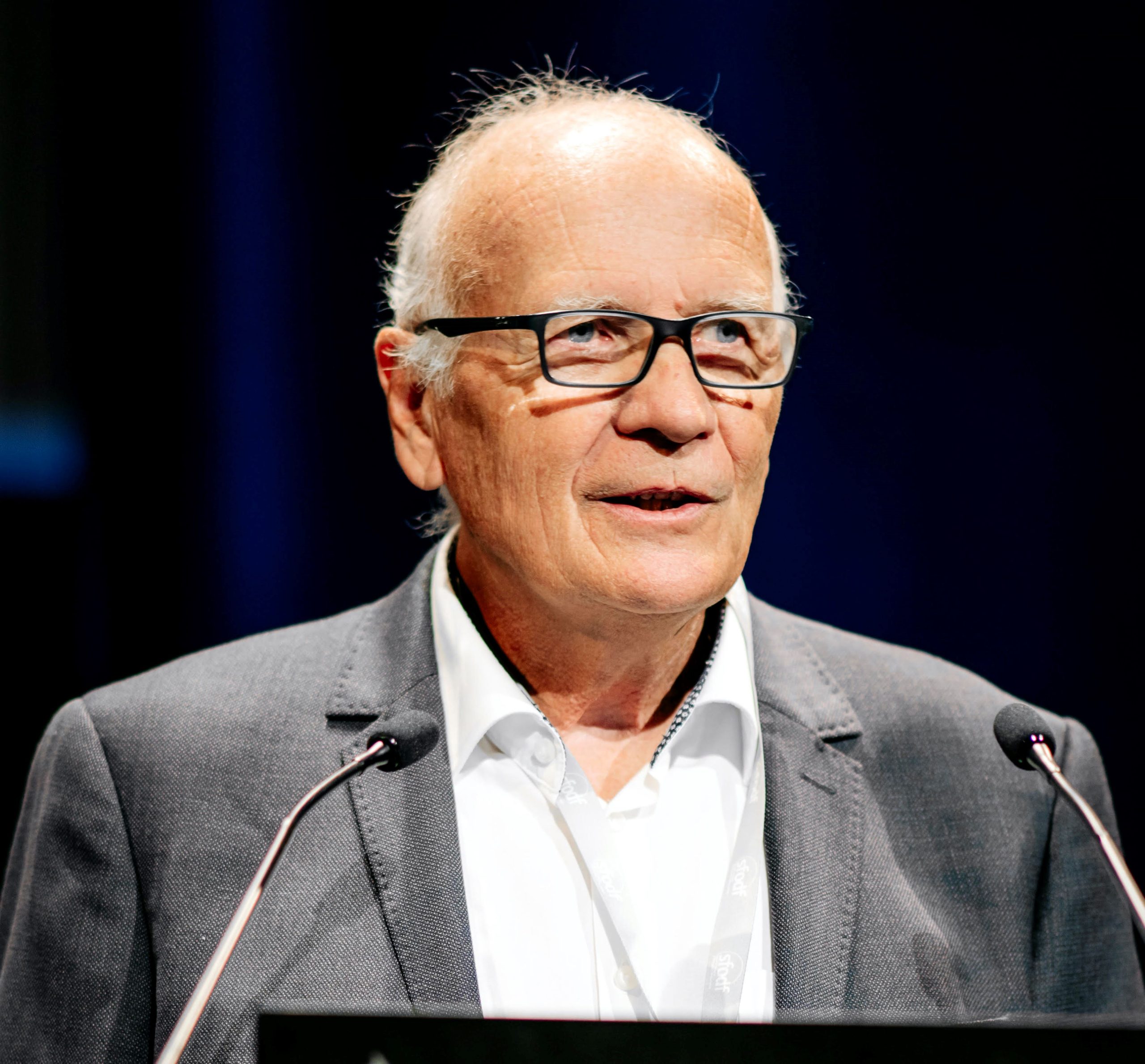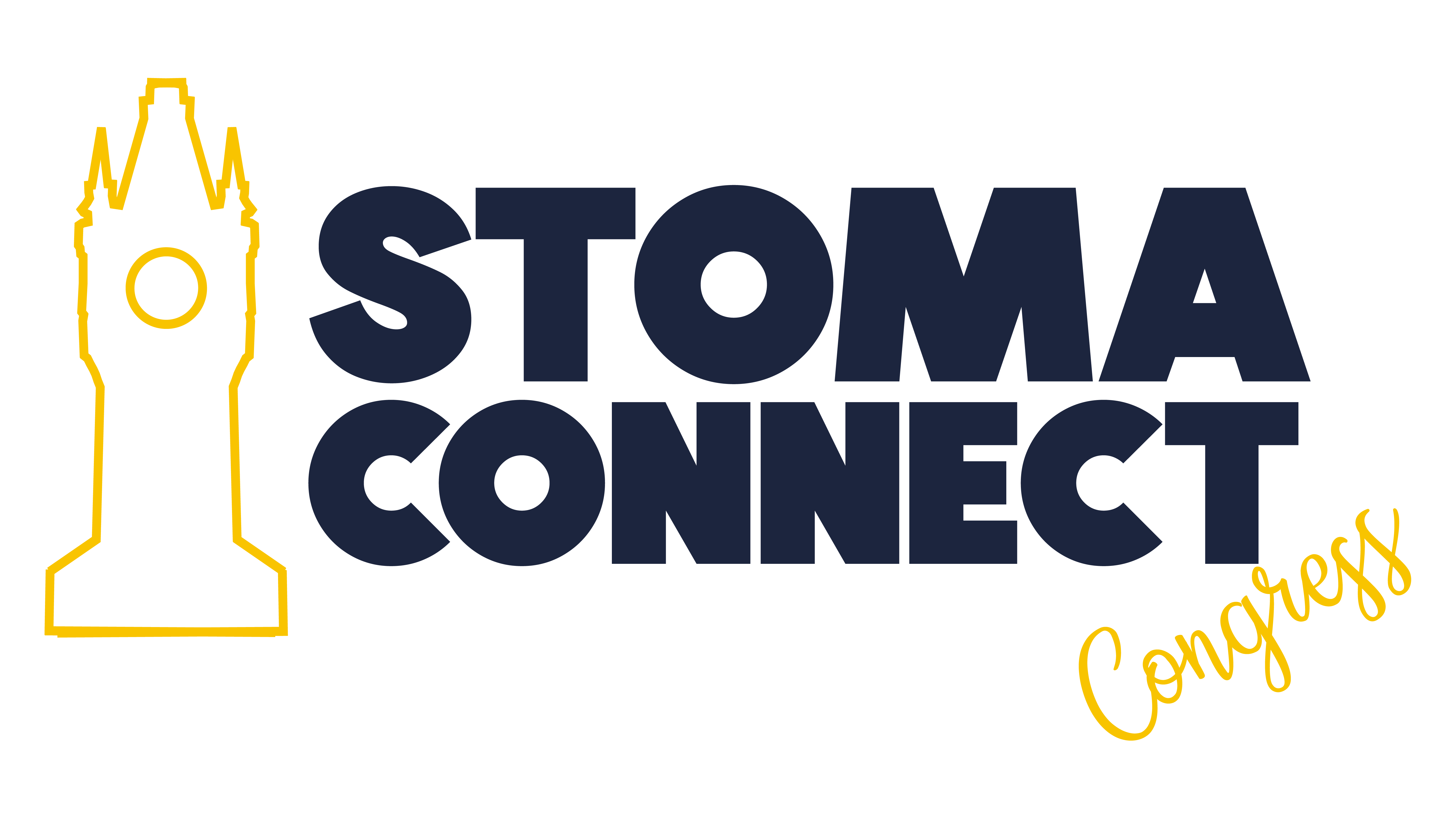TMDs are often presented in a complex and confusing view, whereas the problem is rather clear and simple. Temporomandibular dysfunctions (TMDs) represent the expression of functional disorders of a myoarthropathy of the masticatory system. The clinical pictures are polymorphic, the etiologies multiple and combined. So, TMDs Identification requires clear knowledge of the clinical pictures encountered most often and the observation of simple clinical signs: pain increased by mandibular function, TMJ noises, abnormalities of mandibular movements. Identification is simple, clinical. The differential diagnosis with the numerous orofacial pains is essential.
The treatment of TMD is often presented with complex, invasive approaches (legacy of a confusing past) while the treatments are generally simple and effective. They will take into account the biological (musculo-articular terrain), psychological (stress, behavior, understanding), mechanical (occlusion, TMJ, typology) dimensions. A very good result will most often be obtained by simple means (physiotherapy, behavioral therapy), occlusal modifications are not indicated on healthy teeth.
The placement of an occlusal splint is rare as a first intention, sometimes useful as a second intention. We observe 75% success whatever the form of treatment, we therefore choose the simplest therapy. The superposition of TMD signs and a dental situation intrinsically requiring modifications (orthodontic or prosthetic) can change therapeutic choices and open a way for occlusal approach.








